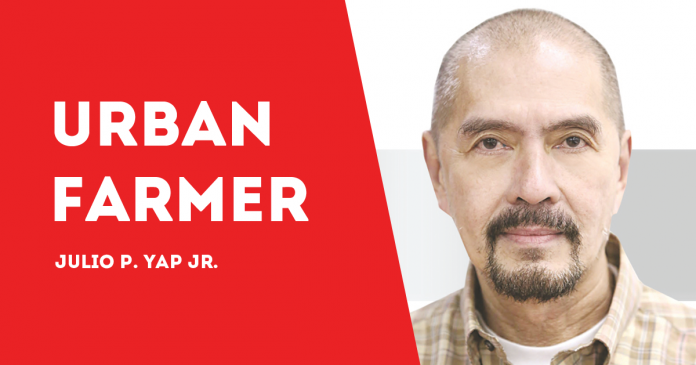
THE Department of Science and Technology (DOST) unveiled 20 research and development (R&D) outputs and scientific services that are expected to provide innovative solutions in an effort to address some of the country’s challenges and limitations in the different sectors.
During a recent media conference in Pasay City, DOST Secretary Fortunato T. de la Peña introduced 20 programs, services, technologies, and innovations developed by the various DOST agencies and regional offices, together with different industry partners.
“The DOST would like to kick-off the year 2020 by featuring 20 of our programs and technologies that we believe can make a big impact in the lives of our countrymen and push our country to attain socioeconomic growth and development,” said De la Peña.
He disclosed that under the initiative dubbed “Big 20 in 2020,” the DOST is set to spearhead a series of technology launches and events for the entire duration of this year.
The mentioned technology launches will highlight the practical benefits of various R&D outputs and scientific services, particularly in the areas of agriculture, enterprise technology, space science, genomics, mass transportation, development of smart cities, health and nutrition, disaster preparedness, and nuclear technology, among others.
He emphasized that while technology remains the driving force of any developed economy, it is a must for the Philippines to develop more technologies that can help improve the lives of the people.
Among the 20 R&D outputs unveiled by the DOST is the possible launch this year of two locally-built nanosatellites, an anti-dengue drug and biomedical devices, a 12-horsepower single cylinder diesel engine, and an automated guideway transit for Bataan.
Incidentally, the production of the “first-ever” diesel engine in the country became possible after the DOST’s Metal Industry Research and Development Center partnered with Supercast Foundry and Machinery Corporation, in collaboration with the Bacolod City-based R.U. Foundry and Machine Shop Corporation (RUFMSC).
The engine is now mounted on the RU Shredder which was manufactured by RUFMSC in order to test and evaluate the motor’s capacity, endurance, and power output.
Also presented was a program which was called Understanding Lightning and Thunderstorms for Extreme Weather and Monitoring and Information Sharing or ULAT, a comprehensive program on nutrition, and a partnership between the DOST and the Department of National Defense.
There will also be a nationwide tissue-cultured coconut planting day, the maiden voyage of a hybrid trimaran, launching of a “Science for the People” book series, a concert using bamboo musical instruments, the launch of several DOST-enabled smart cities, and an exposition on innovations in disaster risk reduction and response.
Several DOST facilities were lined up to start offering services this year that include: the country’s first fully automated gamma irradiation facility; a Regional Yarn Production and Innovation Center in Miagao, Iloilo; a tissue-cultured laboratory for ornamental plants in Bulacan; opening of various science discovery centers; Philippine Genome Center in the Visayas; and several laboratories which include metrology laboratories in chemistry and biology, simulation packaging testing and green packaging laboratories, and a modular multi-industry innovation facility. (jaypeeyap@ymail.com/PN)


